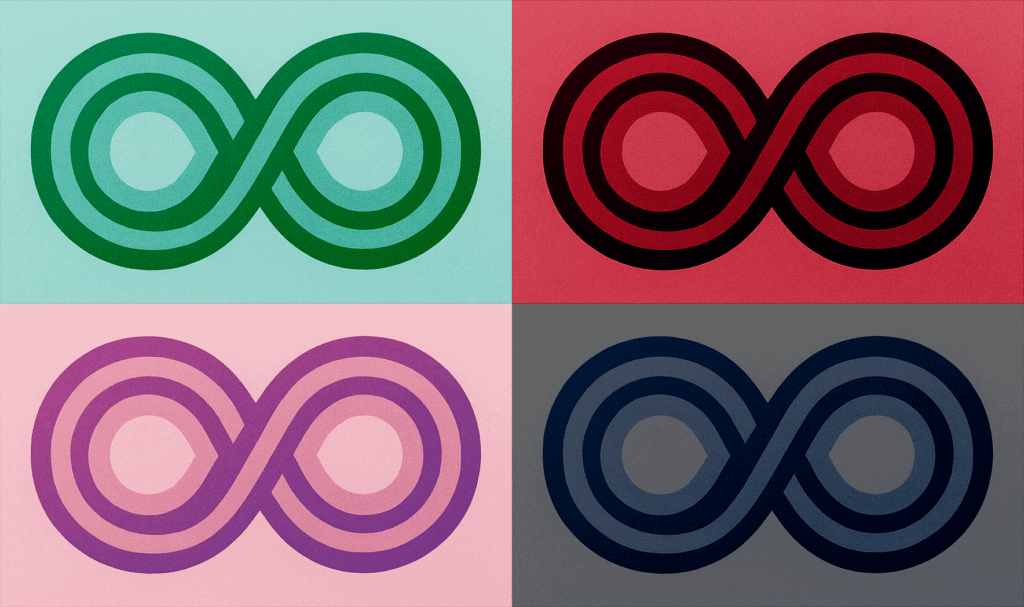In the cult sci-fi series Fringe, Olivia Dunham wasn’t just a federal agent—she was a living bridge between worlds, a product of the Cortexiphan trials that left her with extraordinary abilities. At her peak, Olivia could cross between parallel universes, ignite objects with her mind, and even alter reality through sheer willpower. Walter Bishop and William Bell believed that with enough belief and emotional focus, Olivia could do more than travel between universes—she could create them. Her mind wasn’t just an observer of the multiverse; it was a source code editor, writing new versions of reality in real time.
But this notion—that the imagination can manifest entire universes—isn’t unique to Fringe. It’s a theme that echoes through philosophy, science, and esoteric traditions alike. The idea that reality bends to thought has long been whispered in mystic texts, debated in physics circles, and explored in the trippiest corners of speculative fiction. Let’s explore some of the big theories that echo Olivia’s journey—and maybe yours, too.
1. Idealism and the Creative Observer
In the realm of philosophy, idealism suggests that reality is fundamentally mental. Thinkers like George Berkeley argued that existence itself depends on being perceived—meaning that our minds don’t just interpret reality, they generate it. Quantum physics weirdly backs this up with the observer effect: the act of observing changes the outcome. If attention alters what’s real, then focused imagination may not be idle daydreaming—it might be creation in motion.
2. Morphogenetic Fields – The Memory of the Universe
Biologist Rupert Sheldrake introduced the idea of morphogenetic fields: invisible structures that guide the shape and behavior of living systems, based on accumulated memory. According to this theory, patterns of thought and behavior—especially repeated ones—can imprint themselves into a universal field, making certain manifestations more likely. It’s like psychic muscle memory: think it enough, and reality eventually listens.
3. Simulation Theory – Hack the Code with Thought
What if we’re all running inside a simulation? Some theorists (and tech moguls) believe that consciousness interacts with a coded universe, and that imagination might be the closest thing we have to a developer console. This is where the boundaries between science fiction and spirituality blur. If the world is a program, then belief—focused and intentional—could be your root-level access.
4. Jung’s Active Imagination and the Collective Unconscious
Carl Jung believed that we tap into a shared psychic reservoir called the collective unconscious, a deep well of symbols, stories, and archetypes. Through active imagination, a meditative process of engaging with internal visions, Jungians believe we can affect not only our inner world but also our outer experience. Dream deeply, and you just might drag the dream into daylight.
5. Chaos Magick – Belief as Technology
In the shadowy world of Chaos Magick, belief is the spell, the wand, and the ritual all at once. Practitioners use imagination, symbolism, and altered states to create intentional shifts in reality. They don’t believe in anything inherently—they believe with purpose. In this view, imagination is the blueprint; intention is the architect; belief is the builder.
So whether you’re talking Cortexiphan kids, morphic fields, magick sigils, or quantum observers, the message is the same: the universe isn’t a fixed stage—it’s a sandbox. And some of us are starting to remember that we’ve always held the controller.

You’ve entered my universe now. Make yourself at home. Enjoy the ride.
Welcome to the vibe.
Laugh loud. Think big. Dream real.
And don’t forget to pass the vape.
You’re gonna want to be high for this.
🤣💨✨

Leave a Reply